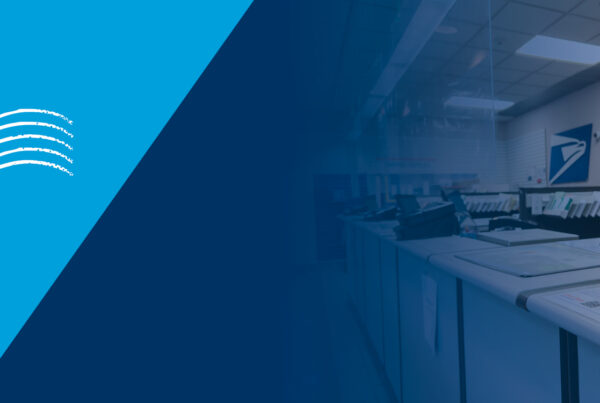No one wants to dwell on potential bad things that could happen. Still, we live in an unpredictable world, and there’s no way to tell if a major weather event or other catastrophe could be lurking just around the corner. If you’re a business owner, you owe it to yourself and your clients to have a business continuity plan in place to keep things afloat if disaster strikes.
Take Hurricanes Sandy and Katrina, for instance. These destructive hurricanes caused major flooding that brought business to a standstill throughout parts of New York, New Jersey and Louisiana, causing ripple effects for customers and other businesses. Data indicates that the frequency of costly weather disasters is increasing, with 2023 going down as the busiest year for climate disasters so far.
When these calamities strike, the repercussions for businesses can be huge. Downtime costs for businesses have risen 32 percent within the last decade, and for almost half of enterprise-level companies, just an hour of downtime costs over $1 million. Worse still, FEMA estimates that 75 percent of small and medium-size businesses do not have a disaster recovery plan ready to deploy, putting them in a terrible bind if a catastrophic event were to occur.
We can’t predict the future, but we can plan for it. Every company – no matter the industry, type of business or communications strategy – should have a fully vetted disaster recovery plan to ensure business continuity and protect data and client assets. This playbook should cover internal protocols as well as checklists to ensure the vendors you rely upon are prepared as well.
Here are a few principles businesses can follow to make sure they’re able to continue serving clients during challenging times.
Use redundant facilities.
Being totally reliant on just one facility is putting all of your eggs in one basket, and that’s a big risk if a weather event or other unplanned circumstance renders that facility unusable. A redundant facility duplicates critical functions, providing a planned backup in the event that one facility must go dark. Having two or more locations or partners in different geographies hedges your bets, as weather events and other disasters are less likely to impact both locations simultaneously if they are far enough apart.
Standardize processes throughout each location.
For increased continuity and minimal interruption, your facilities should mirror each other as closely as possible. Teams should be operating from the same playbook, and utilizing tools such as automated hardware for printing and inserting minimizes user error even if the team is working on an unfamiliar project.
Plan for minimal impact.
Disaster planning often focuses on catastrophic events, but small-scale incidents should be considered as well. Events such as power outages or internet service provider downtime can randomly occur, impacting operations while you wait for them to be restored. Technically advanced data equipment, advanced encrypted storage technology, in-house data recovery processes and auxiliary power and generators are all crucial to ensuring business continuity during these events.
At Matrix, we’ve done the work to make sure we are able to continue delivering for our clients no matter what. Our production facilities are strategically placed in Sanborn, NY, Frederick, MD and Coppell, Texas, completely different parts of the country with diverse weather patterns. Even though these locations are many miles apart we can seamlessly transfer files and shift the work as needed. Additionally, each facility has alternate telecommunications entry points as well as on-site postal coordination.
It is our sincere hope that your disaster plan remains a binder on the shelf that never needs to be implemented. But if the unthinkable does happen, know that Matrix has a plan that has been specifically designed to help clients keep their business moving. After all, customer and transactional communications are too important for downtime. Contact us today to get started.




